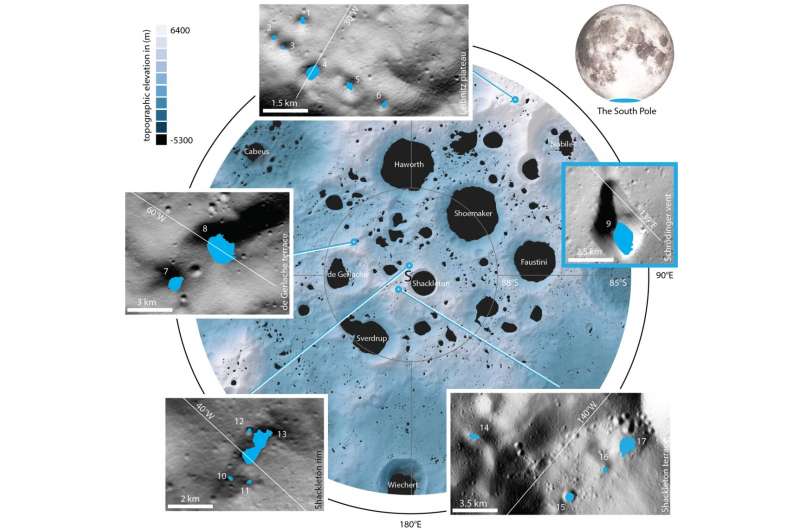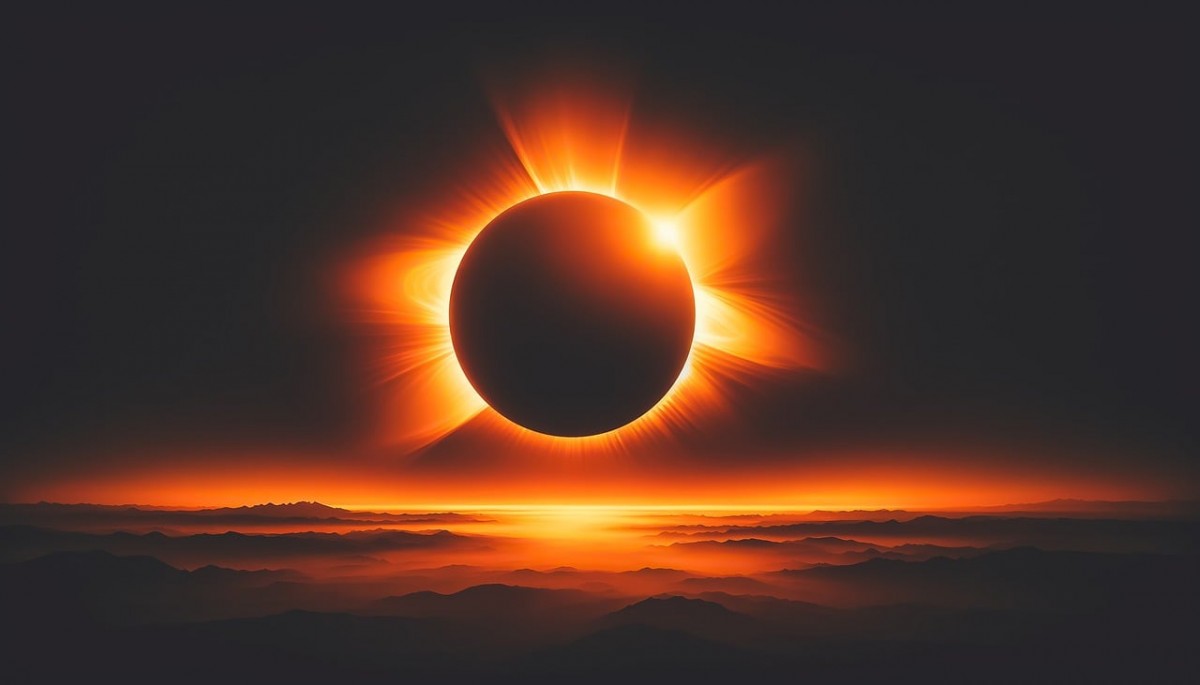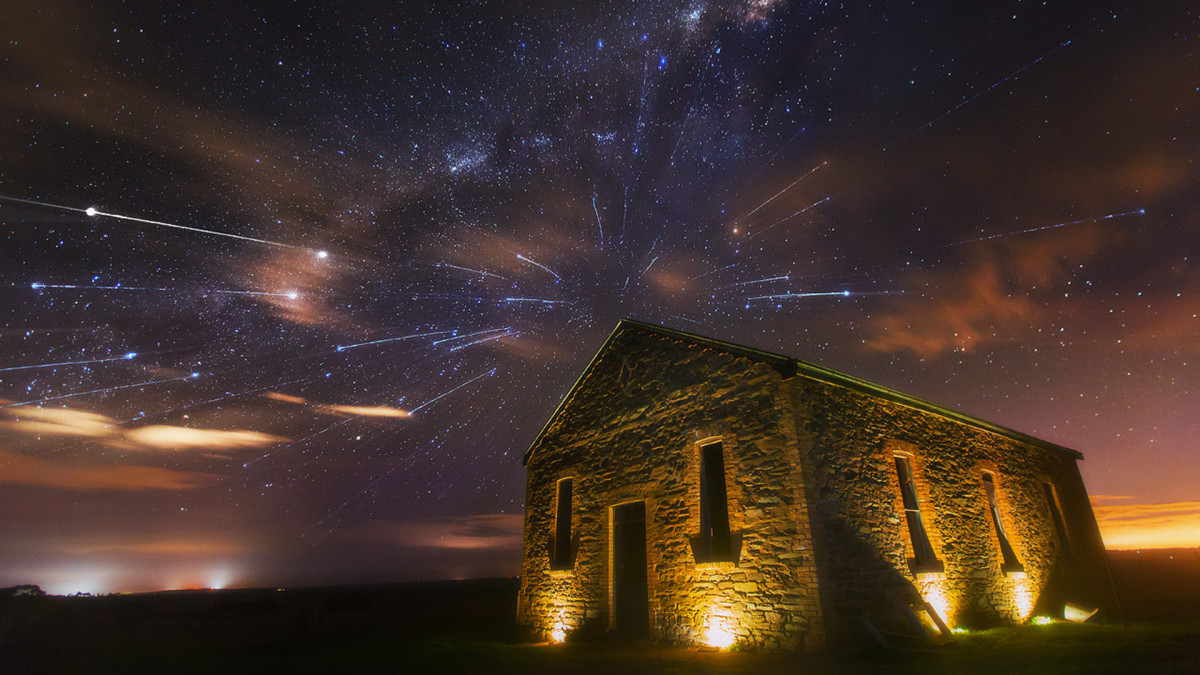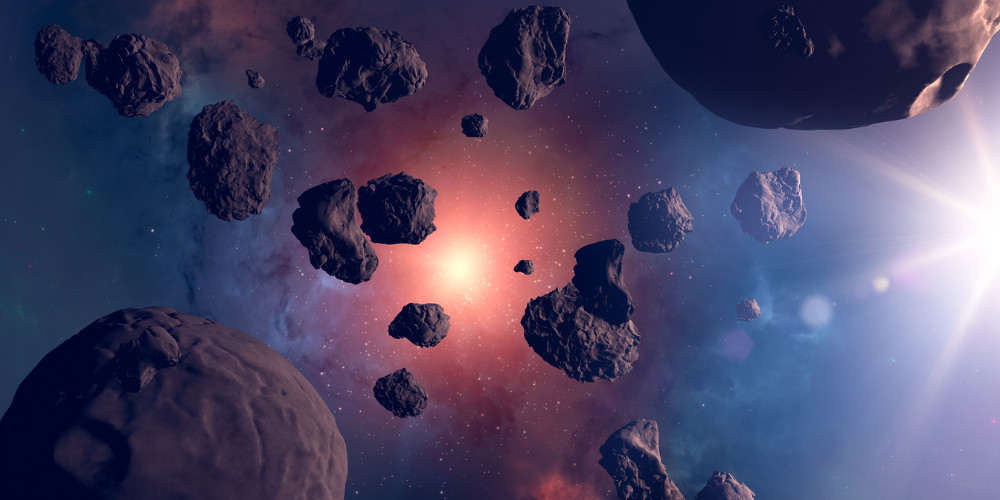The moon‘s polar regions are home to craters and other depressions that never receive sunlight.
Today, a group of researchers led by the Max Planck Institute for Solar System Research (MPS) in
Germany present the highest-resolution images to date covering 17 such craters. Craters of this type
could contain frozen water, making them attractive targets for future lunar missions, and the
researchers focused further on relatively small and accessible craters surrounded by gentle slopes.
In fact, three of the craters have turned out to lie within the just-announced mission area of NASA’s
Volatiles Investigating Polar Exploration Rover (VIPER), which scheduled to touch down on the
moon in 2023. Imaging the interior of permanently shadowed craters is difficult, and efforts so far have
relied on long exposure times resulting in smearing and lower resolution. By taking advantage of reflected
sunlight from nearby hills and a novel image processing method, the researchers have now produced
images at 1–2 meters per pixel, which is at or very close to the best capability of the cameras.
HORUS (Hyper-effective noise Removal U-net Software)
To address this problem, the researchers have developed a machine learning algorithm
called HORUS (Hyper-effective n0ise Removal U-net Software) that “cleans up” such noisy images.
It uses more than 70,000 LRO calibration images taken on the dark side of the moon as well as information
about camera temperature and the spacecraft’s trajectory to distinguish which structures in the image
are artifacts and which are real. This way, the researchers can achieve a resolution of about 1–2 meters per
pixel, which is five to ten times higher than the resolution of all previously available images.
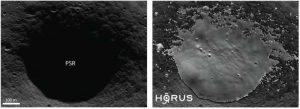
Using this method, the researchers have now re-evaluated images of 17 shadowed regions from the lunar
south pole region which measure between 0.18 and 54 square kilometers in size. In the resulting images
, small geological structures only a few meters across can be discerned much more clearly than before.
These structures include boulders or very small craters, which can be found everywhere on the lunar surface.
Since the moon has no atmosphere, very small meteorites repeatedly fall onto its surface and create such mini-craters.
Mini Craters
“With the help of the new HORUS images, it is now possible to understand the geology of lunar shadowed regions much better than before,” explains Moseley. For example, the number and shape of the small craters
provide information about the age and composition of the surface. It also makes it easier to identify
potential obstacles and hazards for rovers or astronauts. In one of the studied craters, located on the
Leibnitz Plateau, the researchers discovered a strikingly bright mini-crater. “Its comparatively bright
color may indicate that this crater is relatively young,” says Bickel. Because such a fresh scar provides fairly unhindered insight into deeper layers, this site could be an interesting target for future missions,
the researchers suggest.
The new images do not provide evidence of frozen water on the surface, such as bright patches.
“Some of the regions we’ve targeted might be slightly too warm,” Bickel speculates. It is likely that lunar
water does not exist as a clearly visible deposit on the surface at all—instead, it could be intermixed
with the regolith and dust, or may be hidden underground.
To address this and other questions, the researchers’ next step is to use HORUS to study as many
shadowed regions as possible. “In the current publication, we wanted to show what our algorithm can do.
Now we want to apply it as comprehensively as possible,” says Bickel.
Credits: phys.org







